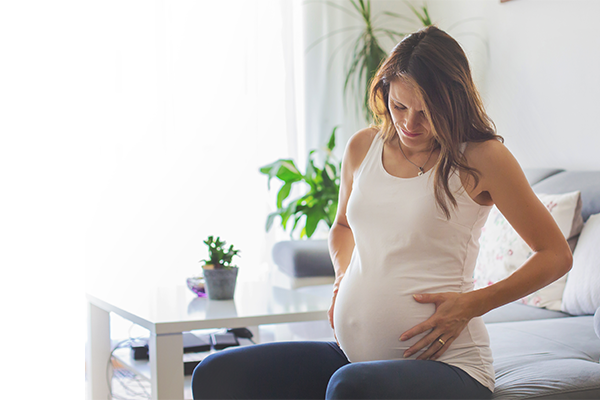When the first trimester is over and the fear of miscarriage subsides, many expectant mothers fear premature birth. It is also feared by gynaecologists, as it is still a very present problem in modern obstetrics. Learn what the most common causes of premature birth are and how to prevent them.
Premature birth – when does it occur?
Preterm birth is the birth of a child before the end of the 37th week of pregnancy (up to 36 weeks+6 days). Despite developments in perinatology and obstetrics, preterm birth is still a very current problem. Due to the wide range of gestational periods in which preterm birth can occur, the consequences vary. A child born prematurely in the 24th week of pregnancy has different consequences than, for example, a child born in the 36th week. For this reason, the early identification of possible risk factors and the implementation of preventive measures are very important. However, there is a large group of women who do not have these factors and who nevertheless have a premature birth for reasons that are not always known.
Premature birth – causes
The immediate cause of preterm birth is usually the shortening and dilation of the cervix and the onset of regular contraction activity of the uterus. Risk factors for preterm birth include:
- Mother’s high blood pressure
- Pre-eclampsia
- Cervical insufficiency
- Premature loss of amniotic fluid
- Diabetes
- Intrauterine infections
Sometimes the decision to deliver prematurely is made by gynaecologists. This is the case, for example, if there are abnormal ECG values, fetal growth retardation or a risk to the mother’s life, e.g. due to HELLP syndrome or pre-eclampsia. C-sections before the 37th week of pregnancy are performed in multiple pregnancies. In the case of a C-section before the 37th week of pregnancy, doctors always weigh up the ratio between the possible benefits and the risks.
Preterm birth – prevention
Many situations in gynaecology and obstetrics cannot be predicted. Premature birth is one of them. Nevertheless, there are ways to prevent it. These include taking vaginal progesterone, a pessary or a cervical suture. These are particularly suitable for women who have already had a premature birth or in whom the ultrasound examination in the second trimester shows a shortened cervix.
If the symptoms indicate that premature birth is imminent, measures are taken to best prepare the baby for birth. These include steroid therapy, which affects the development of the foetus’ lungs, and the use of magnesium sulphate, which is intended to neuroprotect the baby’s brain. Also possible is so-called tocolysis, which temporarily stops the contractions so that the woman can be transported to a higher centre or the above-mentioned drugs can be administered. In case of a premature discharge of amniotic fluid, antibiotic therapy is administered to prevent an intrauterine infection.










